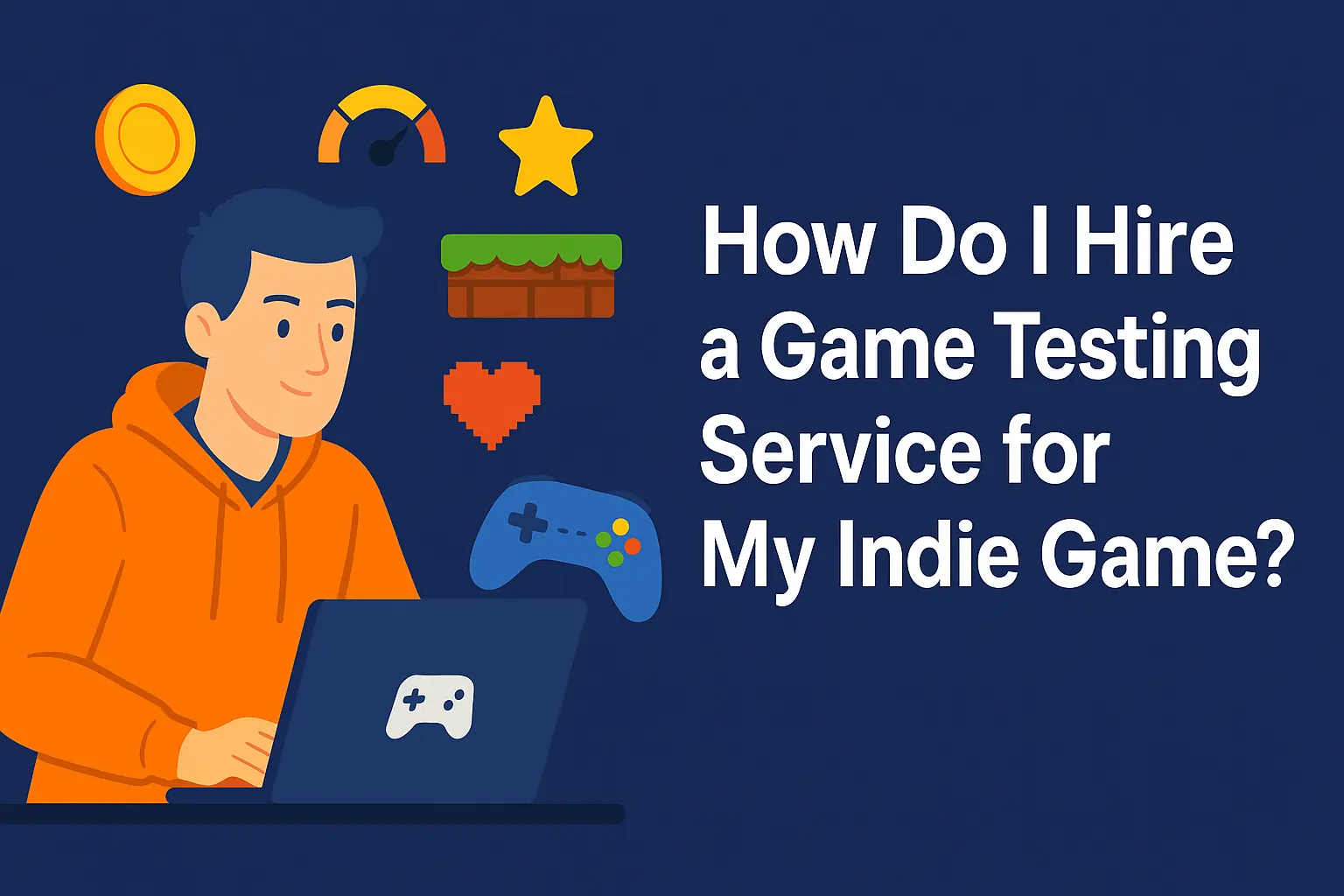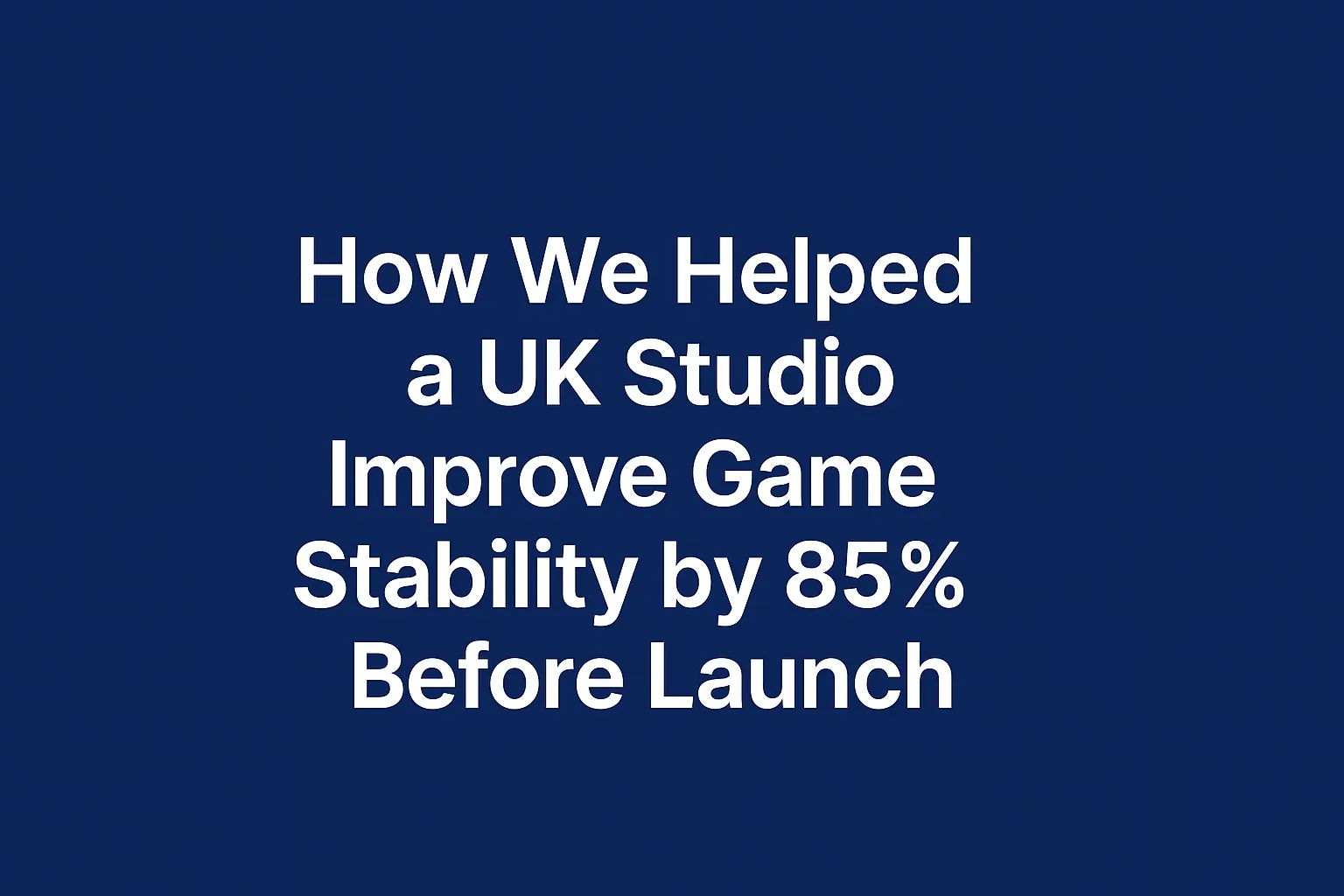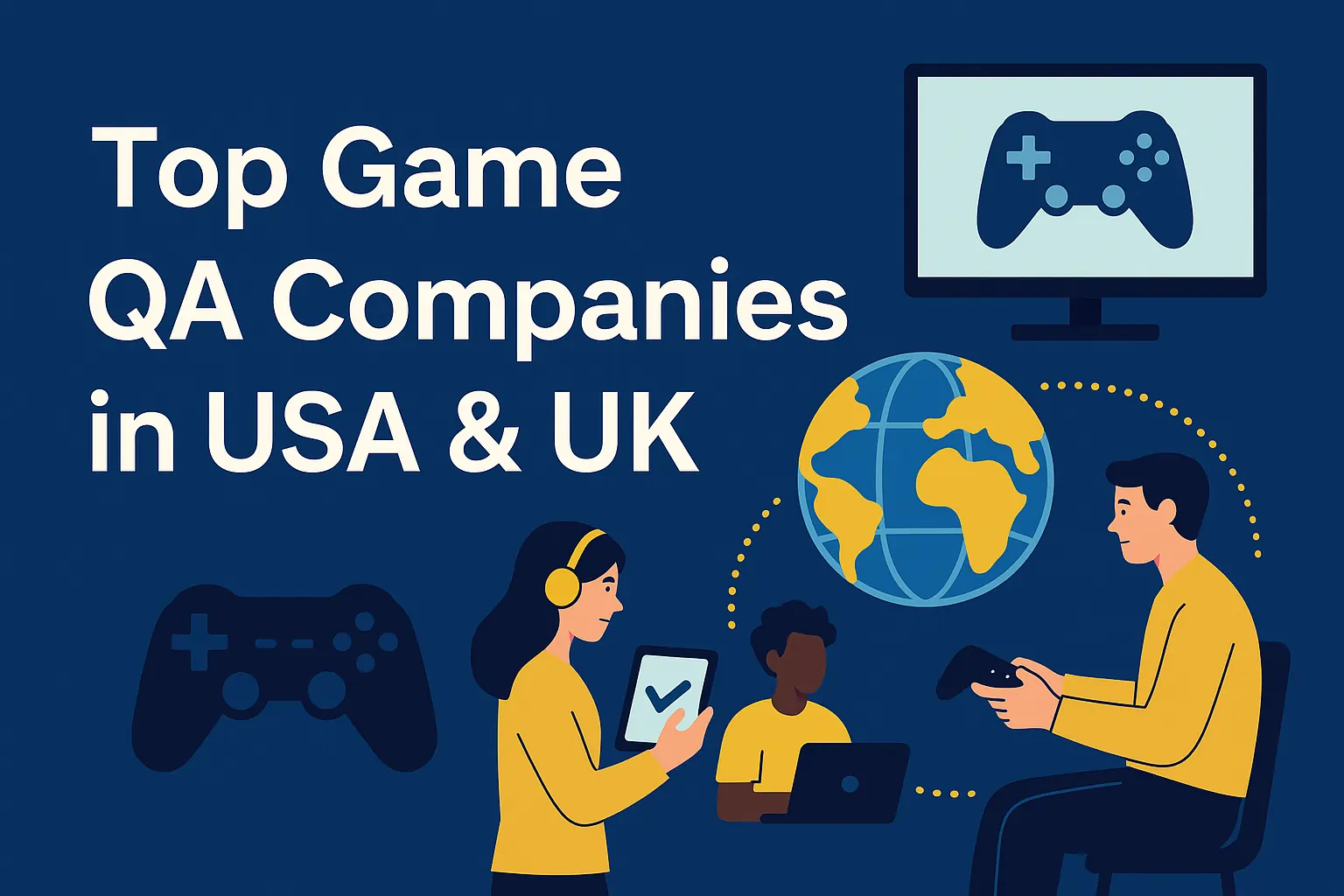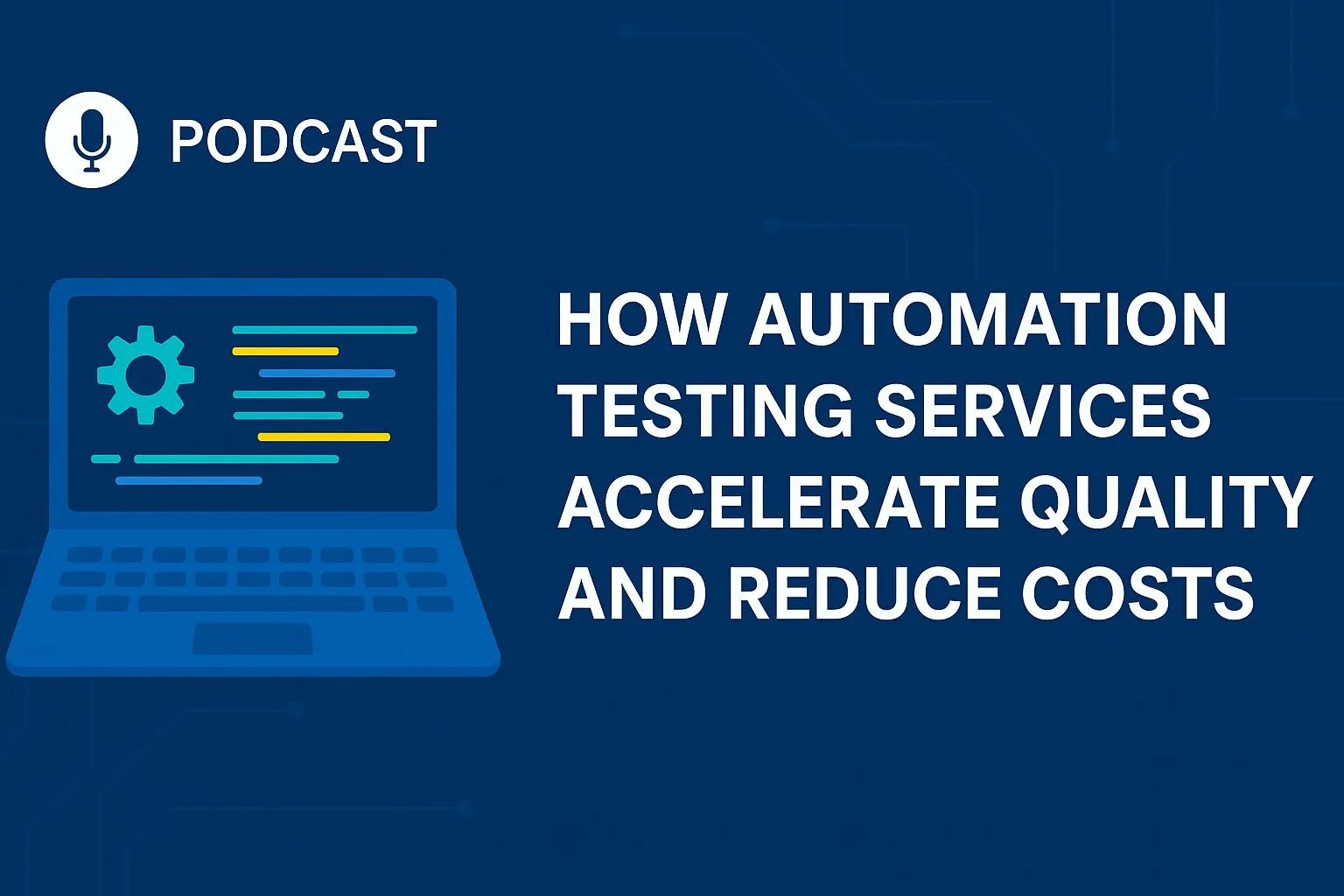The Evolution of Game Testing: From Early Practices to Future Innovations
In the fast-paced world of game development, testing has become a critical component to ensure that games deliver a seamless, enjoyable experience. As the industry has evolved, game testing methodologies have also significantly advanced. This blog explores the progression from early testing practices to current standards and looks ahead to future trends, highlighting how these changes impact game testing services.
Historical Overview of Game Testing Methodologies
When video gaming first emerged, developers often conducted game testing as a crude procedure focused on fundamental stability and functionality. These early techniques lacked an organized approach to quality assurance, relying on repeated playthroughs to identify crashes and defects.
As games grew more complex, the need for methodical testing increased. The advent of structured testing procedures in the 1980s and 1990s brought significant changes. Quality assurance teams formed, and systematic procedures like writing thorough test cases, developing test plans, and utilizing bug-tracking systems became standard. During this time, companies specializing in game testing emerged, focusing on compatibility, performance, and localization testing among other QA facets.
Current Best Practices and Tools in Game Testing
Today’s game testing methodologies address the intricate complexity of modern games, which often feature advanced graphics, sophisticated artificial intelligence, and expansive virtual worlds. Best practices and tools have evolved to manage these challenges effectively:
- Automated Testing: Automation has transformed game testing by enhancing both efficiency and scope. Tools like Selenium, TestComplete, and custom frameworks now facilitate automated regression tests, performance assessments, and other routine tasks. Automation enables early issue detection and ensures that new features do not disrupt existing functionality.
- Continuous Integration and Deployment (CI/CD): CI/CD pipelines have become essential in contemporary game development. These pipelines automate code integration and testing, allowing for frequent, reliable updates. This approach rapidly identifies problems and ensures that new builds meet quality standards before deployment.
- User Experience (UX) Testing: Modern testing emphasizes the player’s experience. UX testing evaluates how players interact with the game, identifies usability issues, and refines gameplay based on player feedback. Common methods include usability testing, player feedback sessions, and A/B testing to improve game interfaces and overall satisfaction.
- Performance and Load Testing: Given today’s complex games, performance testing is more critical than ever. Tools like JMeter and LoadRunner simulate various user loads to identify performance bottlenecks, ensuring that games handle high traffic and peak usage scenarios. These practices help maintain a smooth gaming experience under different conditions.
- Security Testing: The rise of online and multiplayer games has elevated the importance of security testing. This process includes identifying vulnerabilities, safeguarding user data, and preventing potential exploits. Security testing specifically involves conducting penetration tests and vulnerability assessments to protect against emerging threats.
Emerging Methodologies and Technologies
As technology rapidly evolves, the landscape of game testing is undergoing significant transformation. New approaches and innovative technologies are driving changes in how testing is conducted.
- Machine Learning (ML) and Artificial Intelligence (AI): The integration of AI and ML into game testing is leading to automated test case generation, which helps in predicting potential issues and detecting intricate bugs. Additionally, AI-powered tools can analyze game data to provide insights into performance and player behavior, ultimately enhancing the overall testing process.
- Cloud-based Testing: Cloud computing has enabled testing across multiple devices and configurations without the need for physical hardware. Consequently, cloud-based testing environments offer scalability and flexibility, allowing teams from different locations to collaborate effectively and increase test coverage.
- Testing for Augmented and Virtual Reality: With the rise of VR and AR games, unique testing challenges have emerged. Specialized testing methods are required to assess immersive features, ensure user comfort, and evaluate interactions. Key areas of focus include reducing motion sickness and maintaining a high level of user immersion during testing.
- Crowdsourced Testing: By leveraging a large, diverse group of testers, crowdsourced testing provides a broad range of feedback and helps identify issues that in-house teams might miss. This approach is especially valuable for testing games across various geographies and demographics, ensuring a more comprehensive evaluation.
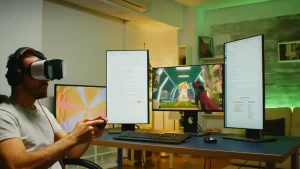
Strategies for Adapting to New Testing Approaches
Successfully adapting to new testing methodologies requires a proactive approach. Here are some strategies to consider:
- Commit to Ongoing Education: Regularly update your testing team’s knowledge base by offering continuous learning opportunities. Staying current with industry developments enables your team to effectively incorporate new technologies and methodologies into their workflow.
- Adopt Agile Testing Practices: Agile methodologies, which focus on iterative development and continuous feedback, provide flexibility and adaptability in the testing process. By embedding testing throughout the development cycle, you can identify and address defects early, ensuring high-quality outcomes.
- Leverage Advanced Technologies: Integrate emerging technologies such as artificial intelligence, cloud computing, and automation into your testing processes. Exploring these innovations can lead to more efficient testing, deeper insights, and overall improvements in your approach.
- Encourage Collaborative Testing: Collaboration with external testing services, crowdsourcing, and engaging with diverse tester communities can bring in varied perspectives and feedback. This approach helps identify issues that might be overlooked in internal testing alone.
Predictions for the Future of Game Testing
Looking ahead, several trends are expected to shape the future of game testing:
- Increased Use of AI and Automation: AI and automation are set to continue playing a critical role in optimizing testing processes. These technologies will enhance efficiency and provide more comprehensive insights into user behavior and game performance.
- Emphasis on Player-Centric Testing: As players’ expectations evolve, testing strategies will increasingly focus on delivering personalized experiences and integrating player feedback to ensure games meet these changing demands.
- Enhanced Security Measures: With the growing complexity of online threats, security testing will become more crucial. Future testing will need to incorporate advanced threat detection and prevention techniques to safeguard user data and ensure the integrity of the game.
- Growth in Data-Driven Testing: The use of analytics in testing will become more prominent, allowing teams to predict issues, optimize game performance, and improve overall quality based on data-driven insights.
Conclusion
The evolution of game testing methodologies mirrors the dynamic nature of the gaming industry. From the early days of manual testing to today’s sophisticated automated systems, significant progress has been made. By understanding and integrating both traditional practices and modern innovations, game developers and testers can ensure their products meet the highest quality standards. At Testers HUB, we are dedicated to leveraging the latest tools and methodologies to deliver exceptional game testing services. Partner with us to enhance the quality of your games and provide outstanding gaming experiences.


